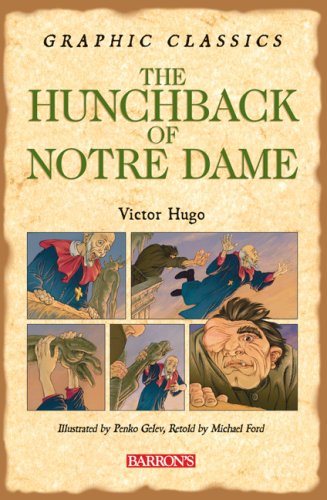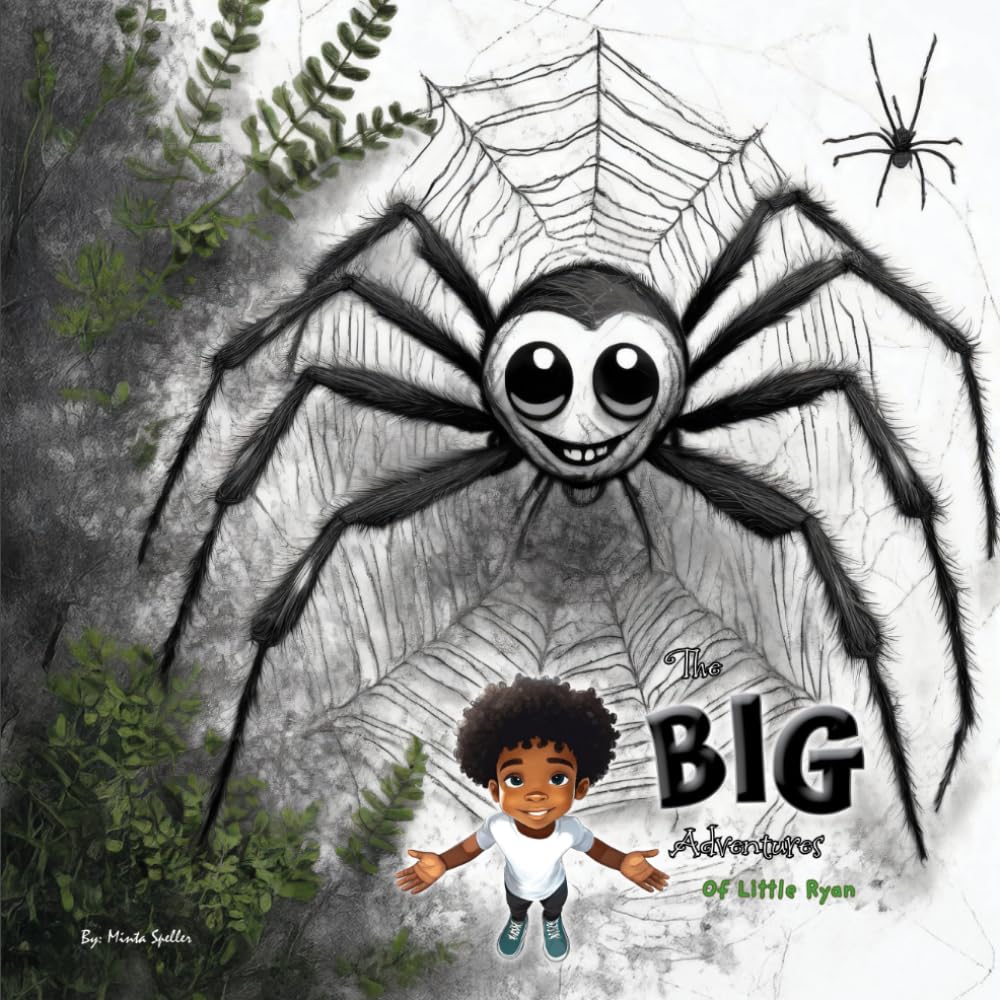A world-famous classic novel is the basis for this brand-new, dramatically illustrated book. Transformed from Victor Hugo's original text into a graphic novel, this, like other Graphic Classics editions, makes a good introduction for young readers to the imaginative riches of literature. These books contain many extra features, including brief biographies of their authors, a list of each author's important works, a glossary, and an index. Suitable for classroom use as introductions to literature for junior and senior high school students, these graphic novels entertain young readers while introducing them to the works of renowned literary artists. Full-color illustrations throughout. Retold here is the tragic story of Quasimodo, the hunchback bell tender of Paris's Notre Dame cathedral, and his struggle to save Esmerelda, a girl falsely accused of a crime she did not commit. Grade 5 Up–Quick paced and dramatic, these two volumes retain a sense of the originals in a highly appealing visual format. The use of color sets the tone for each novel, while the detailed illustrations bring the stories to life, capturing action and emotion and making these classics accessible and attractive. The exciting artwork and particularly expressive faces of Captain Ahab, Esmeralda, and Quasimodo draw readers into their stories. A series of two-page vignettes make up each novel, capturing some of the most dramatic moments, and the cleverly titled vignettes–Angels and Devils, A Lucky Escape, A Jealous Rage–are sure to grab readers' attention. Footnotes are provided as needed, and most frames have a sentence or two of narrative for expansion and clarification. Though the print is small, the books are well designed and have ample white space. Each volume includes an informative article about the author, a chronology, and essays providing context for the stories and a description of how the books have been received over time. These titles would be useful for introducing students to Hugo and Melville or as an alternative for reluctant/struggling readers.– Neala Arnold, St. Francis Elementary School, MN Copyright © Reed Business Information, a division of Reed Elsevier Inc. All rights reserved. (back cover) Abandoned as a baby and raised in the cathedral of Notre Dame, the hunchback Quasimodo lives as an outcast. The arrival of the beautiful gypsy girl Esmeralda begins a tragic series of events marked by jealousy, betrayal, and murder. Find out what happens to Quasimodo and Esmeralda in this vivid retelling of Victor Hugo s classic in graphic novel format. Graphic Classics Available from Barron s: The Hunchback of Notre Dame * Kidnapped * Journey to the Center of the Earth * Moby Dick * Oliver Twist * Treasure Island (back cover) Abandoned as a baby and raised in the cathedral of Notre Dame, the hunchback Quasimodo lives as an outcast. The arrival of the beautiful gypsy girl Esmeralda begins a tragic series of events marked by jealousy, betrayal, and murder. Find out what happens to Quasimodo and Esmeralda in this vivid retelling of Victor HugoÂ’s classic in graphic novel format. Graphic Classics Available from BarronÂ’s: The Hunchback of Notre Dame * Kidnapped * Journey to the Center of the Earth * Moby Dick * Oliver Twist * Treasure Island The Hunchback of Notre Dame By Victor Hugo Barron's Educational Series Copyright © 2007 Victor Hugo All right reserved. ISBN: 9780764159794 1 It is this day three hundred and forty-eight years six months and nineteen days since that the good people of Paris were awakened by a grand peal from all the bells in the three districts of the City, the University, and the Ville. January 6, 1482, was, nevertheless, a day of which history has not preserved any record. There was nothing worthy of note in the event which so early set in motion the bells and the citizens of Paris. It was neither an assault of the Picards nor the Burgundians, nor a procession with the shrine of some saint, nor a mutiny of the students, nor an entry of our “most redoubted lord, Monsieur the king,” nor even an execution of rogues of either sex, before the Palace of Justice of Paris. Neither was it an arrival of some bedizened and befeathered embassy, a sight of frequent occurrence in the fifteenth century. It was but two days since the last cavalcade of this kind, that of the Flemish Ambassadors commissioned to conclude a marriage between the Dauphin and Margaret of Flanders, had made its entry into Paris, to the great annoyance of the Cardinal of Bourbon, who, in order to please the king, had been obliged to receive this vulgar squad of Flemish burgomasters with a good grace, and to entertain them at his hotel de Bourbon with a goodly morality, mummery, and farce, while a deluge of rain drenched the magnificent tapestry at his door. What set in motion all the population of Paris on January 6, was the double solemnity, united from time immemorial, of the Epiphany













